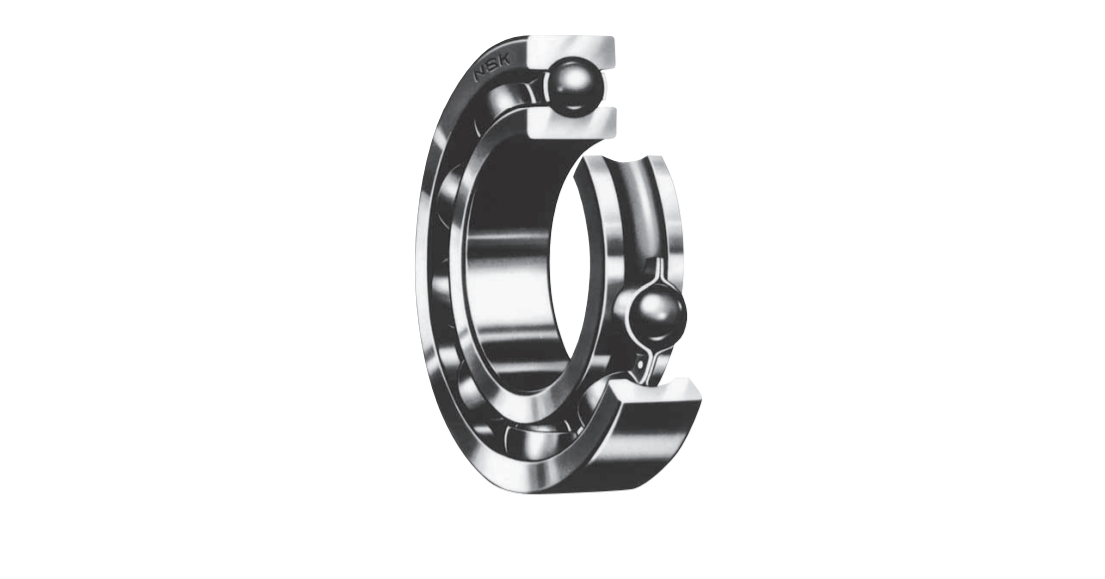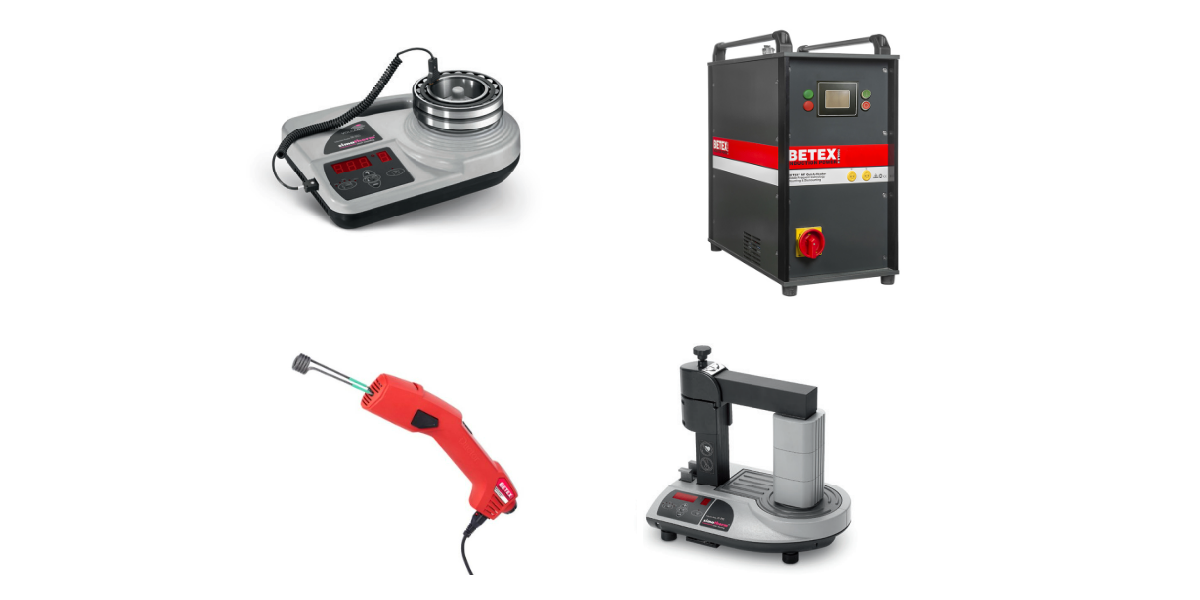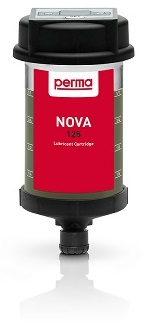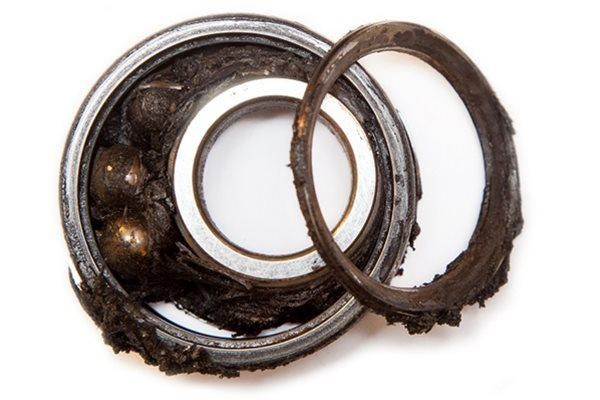Bearing Pullers: Types and Advantages
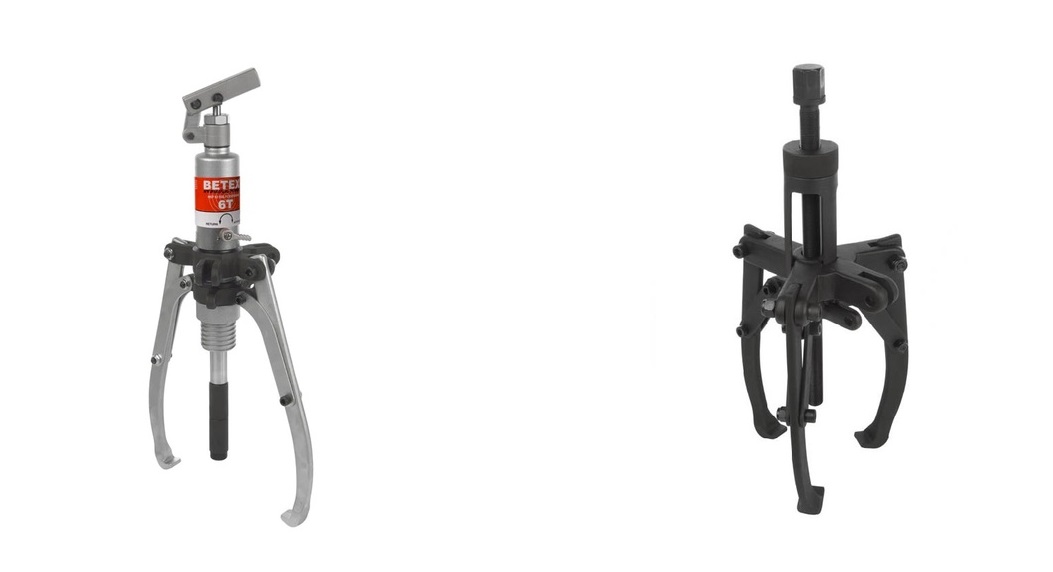
A bearing puller is a vital tool used in various industries to safely and effectively dismount bearings, gears, and pulleys from shafts or recesses. When components are securely mounted and cannot be loosened manually, bearing pullers come to the rescue. This article explores the advantages of using a bearing puller, the different types available (mechanical and hydraulic), and the factors to consider when choosing the right puller for your needs.
Why Use a Bearing Puller?
When faced with a damaged part causing a machine breakdown, a bearing puller offers an effective and efficient method of cold dismounting. Instead of resorting to brute force or damaging surrounding components with hammers, a bearing puller securely grips the stuck component, facilitating its safe removal from the shaft or recess. By avoiding damage to the shaft and other surrounding components, bearing pullers promote machinery uptime and reliability, minimizing downtime.
Types of Bearing Pullers
Mechanical Pullers
Mechanical pullers, also known as manual pullers, rely on mechanical force to remove components. They typically consist of a central screw or bolt that applies force to a set of jaws or hooks. The jaws grip onto the component to be pulled, and as the central screw is turned, the force gradually increases, causing the component to loosen and separate. Mechanical pullers come in various sizes and configurations to accommodate different applications.
Mechanical pullers find applications in a wide range of industries, including automotive repair, machinery maintenance, and equipment disassembly. They are commonly used for tasks such as removing gears, pulleys, bearings, and other press-fit components. These versatile tools offer a reliable and efficient solution for various pulling requirements.
Advantages of Mechanical Pullers
Simplicity: Mechanical pullers are straightforward to use and do not require external power sources such as electricity or hydraulic systems.
Portability: These pullers are often compact and lightweight, making them portable and suitable for on-site repairs or maintenance.
Cost-effective: Mechanical pullers are generally more affordable than hydraulic pullers, making them a cost-effective choice for smaller-scale applications.
Hydraulic Pullers
Hydraulic pullers utilize hydraulic power to generate force for component removal. They consist of a hydraulic cylinder, a pump, and a set of jaws or hooks similar to mechanical pullers. When the hydraulic pump is actuated, it pressurizes the hydraulic fluid, which transfers the force to the jaws. The hydraulic force gradually increases, allowing the component to be pulled out smoothly and efficiently.
Hydraulic pullers are commonly employed in scenarios where higher pulling forces are required or where mechanical pullers might be insufficient. They are ideal for extracting large bearings, gears, pulleys, and other heavy components. Additionally, their controlled force application makes them well-suited for delicate operations where precision is crucial.
Advantages of Hydraulic Pullers
High force capacity: Hydraulic pullers can exert significantly higher pulling forces compared to mechanical pullers, making them suitable for heavy-duty applications.
Controlled force and speed: Hydraulic systems offer precise control over force and speed, allowing for more controlled and safe component removal.
Versatility: Hydraulic pullers can be used in a variety of industries and applications, including shipbuilding, mining, and heavy machinery repair.
Bearing Pullers Working Mechanisms
External Bearing Pullers
External bearing pullers are used when the bearing is mounted onto a shaft. External bearing pullers feature jaws that grip the outer diameter of the bearing and a forcing screw that pushes against the end of the shaft.
Internal or Blind Bearing Pullers
Internal bearing pullers are used when the bearing or component is fitted within a recess with an opening in the inner diameter. The puller is inserted into the inner diameter of the bearing, where it grips the bearing either through expansion or using claws. This type of puller allows for the removal of bearings from recesses.
Reversible Bearing Pullers
Reversible bearing pullers are suitable for both internal and external pulling. Reversible bearing pullers feature reversible arms, making them versatile for applications where bearings are fitted on shafts and in recesses.
How to Decide What Type of Puller to Use
Choosing the right puller depends on several factors. First, determine whether you need an external or internal bearing puller based on the accessibility of the component. If the component is seated on a shaft and accessible from the outer diameter, an external puller is required. For tight recesses with the inner diameter accessible, an internal puller is needed. Consider the workload and available budget, as hydraulically-assisted pullers are suitable for heavy-duty machinery, while mechanical pullers are more cost-effective. Additionally, space conditions, such as diameter, depth, and available space around the bearing, should be taken into account.
Features to Consider When Choosing a Puller
Two or Three Jaws: If space permits, a three-jaw puller is recommended due to increased safety and ease of use.
Hydraulic vs. Mechanical: Hydraulic pullers are easier to operate but require additional equipment such as a pump, hose, and gauge. Mechanical pullers are manually operated and more budget-friendly.
Reach: The reach refers to the distance between the pulling surface of the jaw and the jaw head of the puller. Enerpac lock grip pullers offer an impressive reach-to-diameter ratio, allowing for deeper components to be pulled.
Synchronous and Self-Centering Jaws: Pullers with synchronous jaws ensure that all jaws move simultaneously, preventing misalignment and reducing setup time.
Locking Mechanism: A reliable locking mechanism prevents jaws from slipping off the application during the pulling process.
Spread: The spread refers to the maximum diameter that the jaws can extend to.
In conclusion, bearing pullers are essential tools for safely and efficiently removing components such as bearings, gears, and pulleys from shafts or recesses. By using a bearing puller, you can avoid damaging surrounding components and promote the uptime and reliability of your machinery. Whether you opt for a mechanical or hydraulic puller, ensure it provides the necessary features such as reliable jaws, reach, and a locking mechanism. By selecting the right puller, you can minimize downtime, ensure worker safety, and maintain the uptime and reliability of your machinery.
HVH Industrial Solutions is an authorized distributor of Bega Special Tools and Simatec and we offer a wide range of their bearing pullers. We work closely with their engineering team to provide superior customer service and engineering support.
If you have any questions, write to us via live chat, call, or send us a quote request. The HVH team is always ready to help you.
